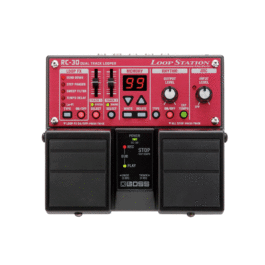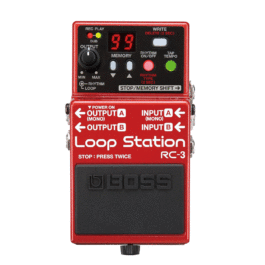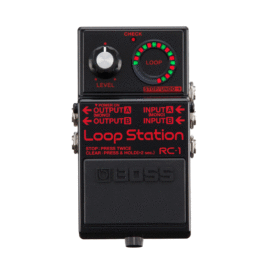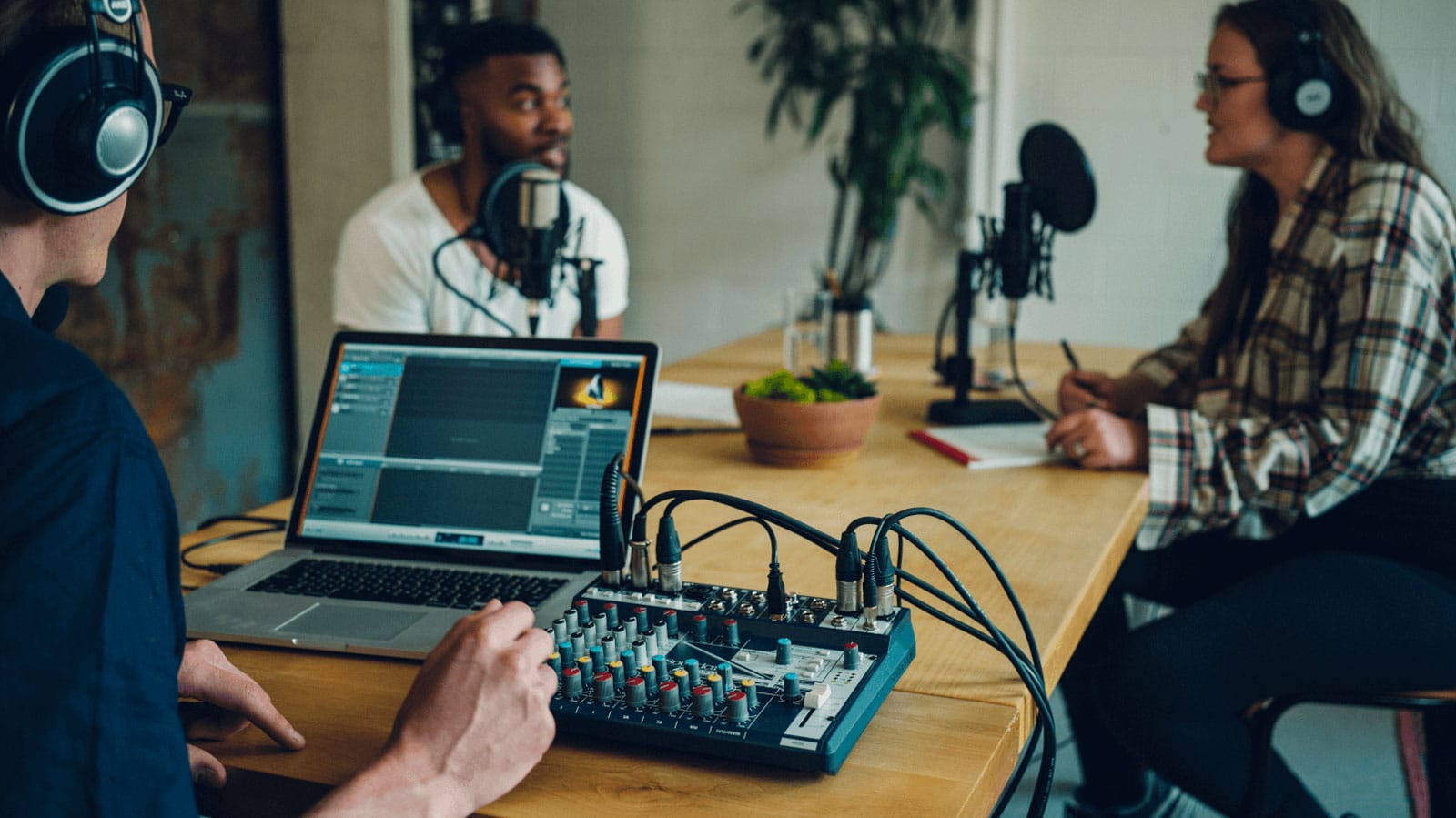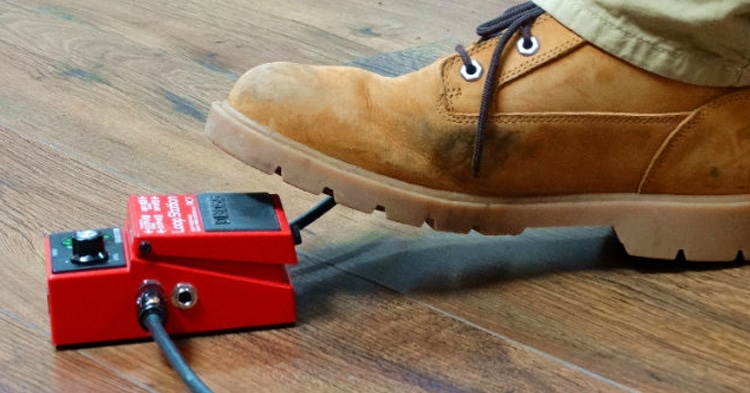
Playing with other musicians is often the go-to for most players, but there is a growing subset of musicians who have expanded to playing solo. For a long time, these musicians would play with backing tracks, but as technology evolved and looper pedals got better, more musicians changed from backing tracks to live loops. Recently, of course, this has been massively aided by the COVID-19 pandemic, forcing players to learn to play and create by themselves. If you’ve never tried looping before, you should try our Beginners Looping Guide.
What is Looping?
Before you can loop, it’s good to first understand what looping is.
Looping is when a musician creates layers of sound while playing live, to build the song on the fly. While every player is different, there are some common ways to build a song.
Many players will first lay down their percussion track, then the chords and bass, then the fills and frills, and finally the solos and the vocals.
The Gear
There is no single instrument that is better suited to playing loops over another. A majority of loop players do tend to play acoustic guitars.
The only piece of gear that is mandatory for playing loops is a looper pedal. There are plenty of options that you can choose from depending on what you need.
Shop Looper Pedals Online
-
- Guitar & Bass, Guitar Compact Pedals, Guitar Effects
Boss RC-1 Loop Station Compact Looper Pedal
-
R4,095R2,826FREE DELIVERY - Select options
-
- Guitar & Bass, Guitar Effects, Guitar Compact Pedals
Boss RC-10R Rhythm Loop Station Effects Pedal
-
R10,450R8,360FREE DELIVERY - Select options
-
Request Stock
- Out of Stock
- Guitar & Bass, Guitar Compact Pedals, Guitar Effects
Boss RC-30 Loop Station Looper Pedal
- R8,495FREE DELIVERY
- Select options
-
-
Request Stock
- Out of Stock
- Guitar & Bass, Guitar Compact Pedals, Guitar Effects
Boss RC-3 Loop Station Looper Pedal
- R5,695FREE DELIVERY
- Select options
-
-
Request Stock
- Out of Stock
- Guitar & Bass, Guitar Effects, Guitar Compact Pedals
Boss RC-1 Loop Station Looper Pedal – Black
-
R2,895R2,316FREE DELIVERY - Select options
-
Building Your First Loop
If you want to effectively loop, you need to plan your song in advance. Sure, one day you might be great enough to improvise a song. But, until then your best bet is to have something planned out.
12-Bar Blues
For the purpose of this lesson, we’re going to look at a 12-bar blues. If you don’t already know how to play a 12-bar blues, that’s okay. You can learn as we go along. Of course, if you want to create your own progression you are welcome to do so.
The 12-bar blues has 12 bars broken into three lines. The first line plays the root chord of your key four times. The second line plays the fourth chord twice, then the root chord twice. For the final line, we play the fifth chord, fourth chord, root chord, and the fifth chord.
So in the key of G, we would play
G7 | G7 | G7 | G7
C7 | C7 | G7 | G7
D7 | C7 | G7 | D7
Percussion
We already know that there are going to be 12-bars in our loop. Our first step will be to lay down the percussion for the 12-bars. This is best done with an acoustic guitar (provided you’re a guitarist, and that you don’t own or play something like a djembe or cajon).
Depending on where you hit your acoustic guitar, you can create a range of different tones. To better understand how to create drum rhythms on an acoustic guitar, watch the video below.
The Loop
Now that you know how to create drum tomes, you can focus on recording your first loop. To make things simple, record your 12-bars of rhythm using a repeating rhythm. Once you master simple rhythms, you can try something more complex.
Your rhythm track will act as your anchor. Once you’re comfortable with the timing, you can now record your 12-bar blues track over the “drum track.”
Many guitar teachers will lay down this simple two-layer track, and let their students solo over the track. This is a great way to hone your soloing skills and allows the teacher to focus all their attention on the student’s playing.
Embellish the Loop
Now that the groundwork for your loop is complete, you can start to embellish the loop with fills or a bassline. If you have a multi-effects pedal, you can use the octave down feature to use your guitar to play a bass line.
You could also add in additional chordal voicing, arpeggios, bends – you are only limited to your imagination!
Finish the Loop
Now that you’ve got a solid loop laid down, you can start to solo or even sing over what you’ve got. If you’ve built your loop in an entertaining way, your audience should be so totally engrossed in your playing that they forget you just built the song up in front of them!
All that’s left for you to do now, is practice your looping until you create something amazing! If you have any videos of yourself playing loops, we’d love to see a video of it. Share the links to our Social pages linked below!




